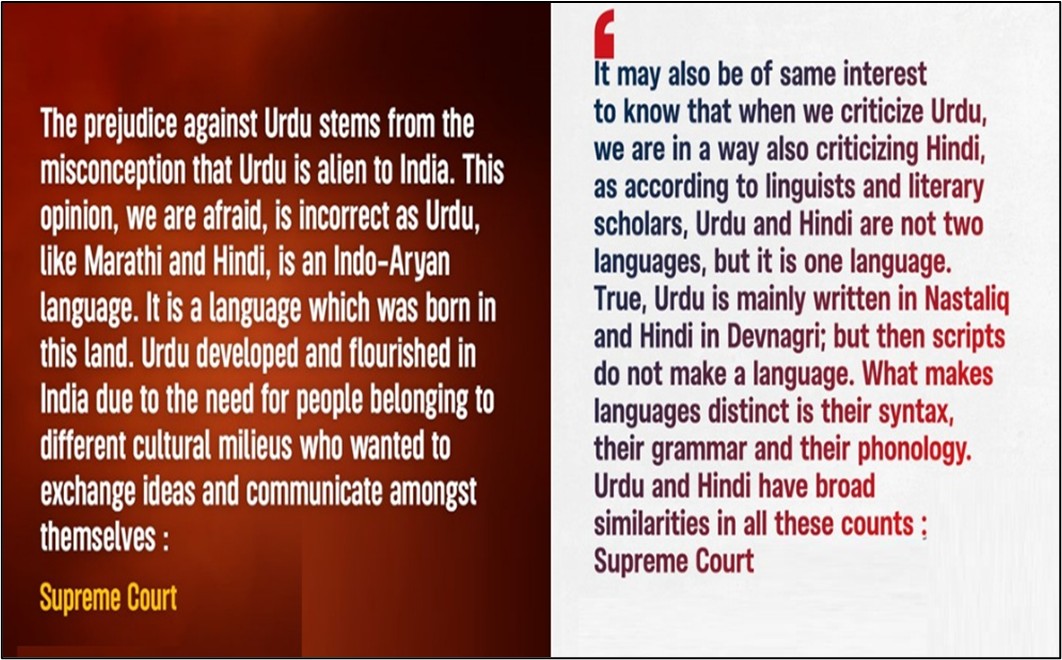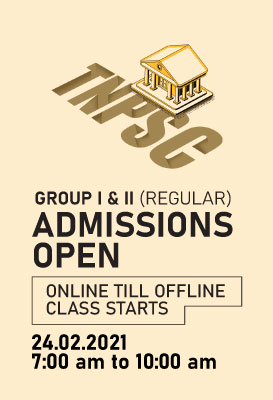PREVIOUS
Supreme Court on Urdu Language
April 20 , 2025
14 hrs 0 min
56
0
- The supreme court said that the Urdu is the finest specimen of composite cultural ethos of India.
- It was stemmed from an appeal filed against the use of Urdu on the signboard of a new building of the Municipal Council, Patur, in Akola district of Maharashtra.
- The appellant said Marathi was the official language of the State of Maharashtra.
- In reply, the court said that it was a “pitiable digression from reality” to believe that Hindi is the language of the Hindus and Urdu of the Muslims.
- A language is only a means of communication and does not represent a religion.
- “Language is not religion. Language does not even represent religion. Language belongs to a community, to a region, to people; and not to a religion. Language is culture. Language is the yardstick to measure the civilizational march of a community and its people”.
- Urdu is the finest specimen of Ganga-Jamuni tahzeeb, or the Hindustani tahzeeb, which is the composite cultural ethos of the plains of northern and central India.
- The court said Urdu was not an alien language.
- It was born and nurtured in India, and reached greater refinement and became a language of choice for poets in India.
- Urdu, like Marathi and Hindi, is an Indo-Aryan language.
- The court said Hindi and Urdu were fundamentally one language.
- Urdu is mainly written in Nastaliq and Hindi in Devanagari; but then scripts do not make a language.
- What makes the languages distinct is their syntax, their grammar and their phonology.
- The fusion of the two languages, Hindi and Urdu, met a roadblock in the form of the puritans on both sides and Hindi became more Sanskritised and Urdu more Persian.
- The common man’s everyday Hindi was peppered with Urdu terms.
- The word ‘Hindi’ itself comes from the Persian word ‘Hindavi’.
- Urdu was adopted by many States and Union Territories as their second official language in exercise of powers conferred by Article 345 of the Constitution.
- The States which have Urdu as one of the official languages were Andhra Pradesh, Bihar, Jharkhand, Telangana, Uttar Pradesh, and West Bengal.
- The Union Territories Delhi and Jammu and Kashmir also follow this practice
- In the 2011 Census, the number of mother tongues increased to 270.
- This number was also arrived at by taking into consideration only those mother tongues which had more than 10,000 speakers.
- It would not be wrong to say that the actual number of mother tongues in India would run into thousands.

Leave a Reply
Your Comment is awaiting moderation.


